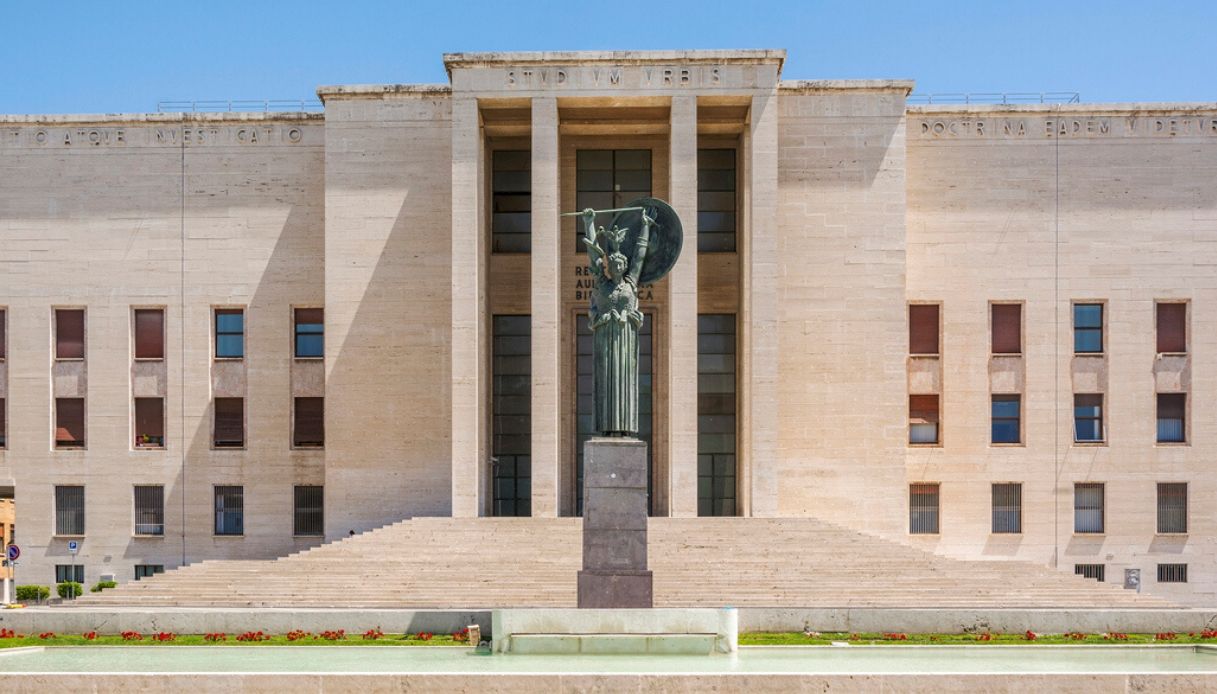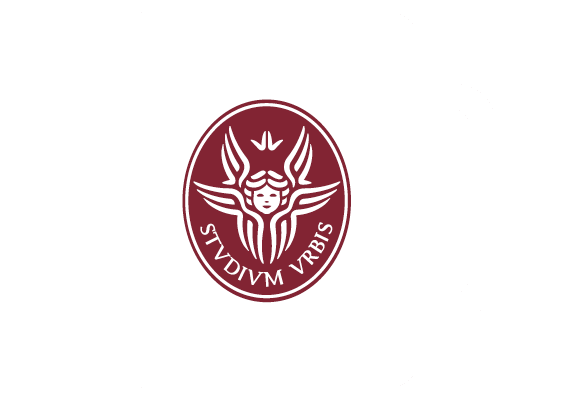The Master in Law and new technologies for the protection and enhancement of Cultural Heritage aims to train new professional profiles capable of interacting efficiently and effectively within the multidisciplinary sector of public and private cultural heritage, both in the context of of the competent Public Administrations, and in companies operating in the sector. cultural heritage; hence the provision of a didactic-scientific path that combines the basic modules with particularly innovative modules, co-designed with the stakeholders involved.
In line with the mission of the DTC - Lazio, the Course provides specialized skills relating to the national, European and international legal framework, to the managerial and financial aspects related to the management of cultural heritage and to the most advanced planning methods (partnerships, fundraising, marketing, management and communication). Likewise, ample space will be dedicated to new research perspectives in the archaeological, artistic and historical fields.
The Master aims, therefore, to analyze the cultural world and its conservation in the round, with an in-depth analysis that ranges from the roots of the protection of public goods in Roman law, up to the use of the most modern technologies.
Within the training offer of this Master, the internship period that interested students will be able to carry out at organizations, institutions and companies of great importance acquires fundamental importance; among all, the Colosseum Archaeological Park, partner of the project, in which learners will be able to apply the skills acquired during the course, transforming them into skills.
With Decree no. 2620, the new call for applications was issued for admission to the 1st and 2nd level Masters for the 2021-2022 Academic Year.
The deadline for sending the application for admission, together with the required documentation, is January 17, 2022.
To proceed with registration, consult the "documentation and forms" section.
To find out the program of the course, visit the "didactic" section. For more information see the "requirements and objectives" section.
Map





